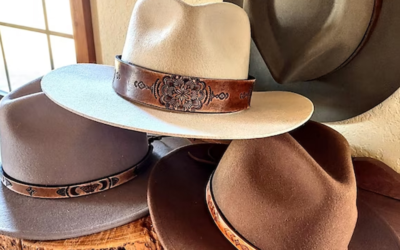Traveling often opens doors to discovering charming, local crafts that reflect a region’s cultural essence. Pottery, with its unique forms and designs, becomes a popular souvenir.
Whether you’re exploring the Arita porcelain or Polish pottery market, distinguishing authentic pieces from factory-made imitators is another adventure in itself. Set your compass right by diving into this guide to spot the genuine pieces.
Ask Questions and Embrace Curiosity
An essential step in identifying real pottery is to ask the right questions. Start by engaging with the seller about the origin of the piece. What techniques were used? How long did it take to create? Genuine artisans tend to have a wealth of information. If the seller hesitates or offers vague responses, it’s time to dig deeper or maybe reconsider.
Insider tip: Authentic pottery often has a story, a process that demands effort and skill. This is its birth certificate, if you will. Pay attention to how much detail the seller is willing to share. It’s a good sign if they light up talking about the piece’s origin and crafting journey.
The Telltale Signs: Look for Imperfections
Handcrafted pottery bears fingerprint-like nuances. These could be variations in glaze, minor shapes, and subtle color differences. Machine-made ones? They’re often too perfect, showing uniformity as if spat out from a 3D printer.
Authentic pieces also often tout the potter’s fingerprints or initials. It’s like an artist signing their work. Turn that piece over or check its base. Look for any signatures or unique marks that denote the potter’s stamp of authenticity.
https://zakladyboleslawiec.com/media/ceramika/home/t2.png
Taste the Local Flavor: Understand Regional Styles
Understanding local styles can significantly enhance your ability to spot genuine items. Research before traveling or ask locals about traditional patterns and color schemes. These can be real giveaways.
For example, famed regions like Morocco showcase vibrant geometric designs, while Japanese pottery focuses on simplicity and earthy tones. By recognizing these styles, you discern what belongs and what’s just trying to fit in.
Hands-On Inspection: Feel the Texture
Texture speaks volumes. Run your fingers across the surface.
Authentic pieces might have a slightly uneven surface, thanks to the hands that crafted them. Factory-made pottery generally feels too slick or consistent, lacking the raw, handmade allure.
A Worthy Investment: Valuing Quality Over Price
Sometimes, the price tag can be a helpful clue. Lower prices can suggest mass production. Authenticity doesn’t always come cheap, given the labor and love involved. However, this doesn’t mean breaking the bank. Have a rough idea of cost but use other cues, too. Balance quality with affordability.
Consider purchasing directly from artisans or at markets known for genuine crafts. You’ll likely receive a better price and an engaging story to go with your piece.








